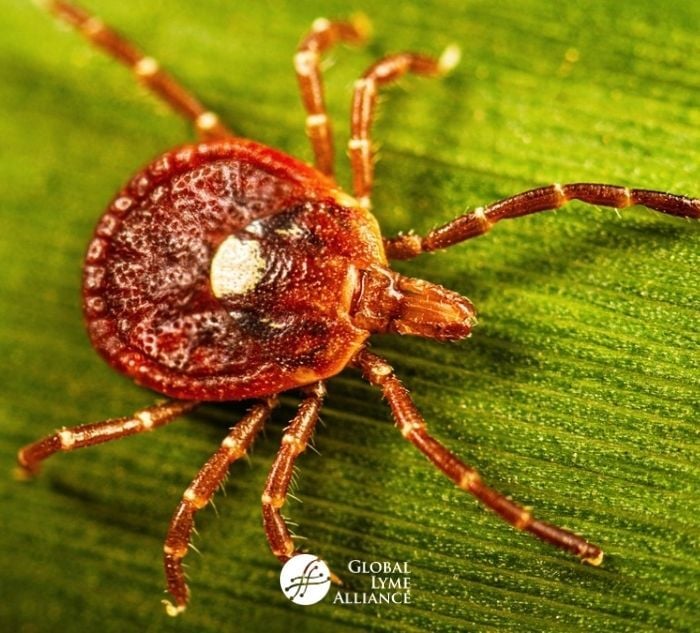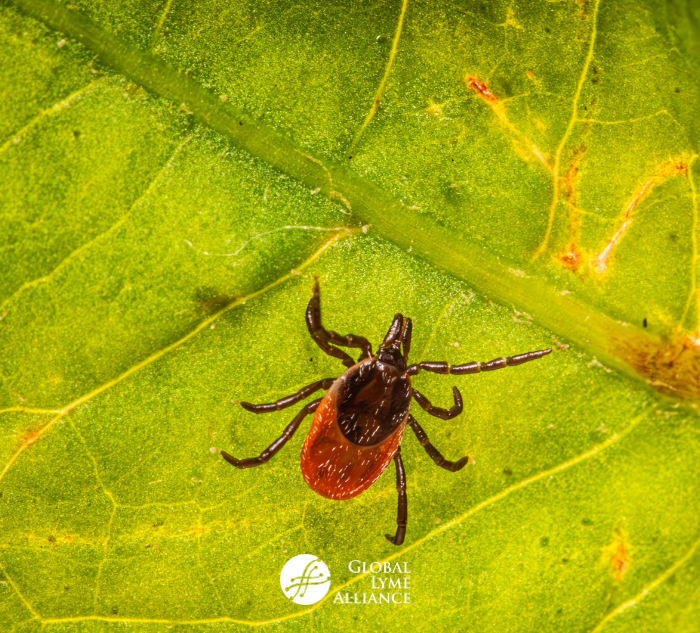
Cutting-edge research funded by GLA advances diagnostics and insights into Lyme disease and babesiosis, identifying key biomarkers and genetic risk factors.
Three GLA-funded investigators have been making exciting progress. Dr. Rafal Tokarz’s team has been uncovering key insights into the immune response to specific proteins of Lyme bacteria, paving the way for more accurate diagnostics. Dr. Ben Mamoun has achieved an important milestone by developing the first diagnostic tests for detecting active Babesia duncani infections. Dr. Klemen Strle’s research suggests that specific genetic factors may increase the risk of developing chronic Lyme arthritis. Meanwhile, Dr. Strle’s new findings are shedding light on how certain genetic factors may heighten the risk of developing chronic Lyme arthritis.
Summary:
GLA-funded research continues to shed light on key aspects of Lyme and tick-borne diseases, from diagnostic biomarkers to genetic factors influencing disease outcomes.
Dr. Rafal Tokarz and his team at Columbia University used peptide arrays and machine learning to identify immune reactive proteins in Borrelia burgdorferi to differentiate between phases of Lyme disease. These insights could enhance the accuracy of antibody-based diagnostic tests by improving their sensitivity and specificity (Tokarz et al., 2024).
At Yale University, Dr. Choukri Ben Mamoun and his team developed the first antigen detection tests for Babesia duncani, a parasite often responsible for severe babesiosis. These assays, validated with over 1,700 samples, can detect active infections with high sensitivity and specificity, paving the way for early diagnosis, reservoir animal screening, and improved blood safety (Chand et al., 2024).
Research by Dr. Klemen Strle and his group at Tufts University identified genetic variations associated with chronic Lyme arthritis. These variations are linked to increased inflammation and autoantibody responses, suggesting that some patients may have a genetic predisposition to persistent arthritis in Lyme disease. These findings may guide future biomarker development to predict disease risk (Ehrbar et al., 2024).
These studies reflect GLA’s unwavering commitment to support research that addresses critical challenges in diagnosing and managing tick-borne diseases.
Publications:
Chand, M., Vydyam, P., Pal, A. C., Thekkiniath, J., Darif, D., Li, Z., Choi, J. Y., Magni, R., Luchini, A., Tonnetti, L., Horn, E. J., Tufts, D. M., & Ben Mamoun, C. (2024). A set of diagnostic tests for detection of active Babesia duncani infection. International Journal of Infectious Diseases, 147, 107178. https://doi.org/10.1016/j.ijid.2024.107178
Ehrbar, D., Arvikar, S. L., Sulka, K. B., Chiumento, G., Nelson, N. L. J., Hernandez, S. A., Williams, M. A., Strle, F., Steere, A. C., & Strle, K. (2024). Variants in the late cornified envelope gene locus are associated with elevated T-helper 17 responses in patients with postinfectious Lyme arthritis. The Journal of Infectious Diseases, 230(Supplement_1), S40–S50. https://doi.org/10.1093/infdis/jiae164
***







-2.jpg)
